Astungkara Way (Phase One) - Final Update
As a crucial staple that sustains half the population around the world, rice is responsible for 10.1% of the total agricultural emissions and 1.3%-1.8% global emissions. Needless to say there are a lot of opportunities to re-establish the way we grow rice that could heal the planet at the same time.
Over the past year, ZFPA partnered with reNature, and Astungkara Way to work on this front, introducing regenerative rice to the world with the help of some quacking heroes along the way. This collaboration also introduced our restaurant partners and consumers to the journey of rice cultivation that is often neglected, and we're thrilled to seen significant improvements in such a short period of time. The implementation of complex rice systems at Astungkara Way rice fields did not only benefit soil health and the environment, but also uplifted farmers’ livelihoods and the community, which demonstrates why regenerative farming is more than just an environmental solution.
Now, let us guide you through Astungkara Way’s regeneration journey!
Complex Rice Systems and Implementation
In short, complex rice system (CRS) is a climate-friendly method that combines indigenous knowledge and modern science to boost biodiversity and enhance quality rice cultivation without doing any harm to the environment. Under the provision of Dr. Uma, regular capacity building sessions were held for farmers to learn about CRS. As farming is super contextual, learning about the farms is just as important, which led to slight adjustments in the CRS implementation. After initial assessments, Dr. Uma and the reNature team focused on practices such as (i) the use of straw to create compost instead of burning it, (ii) the integration of azolla, ducks, fish, and legumes for weed, pest, and nutrient management, (iii) plantation pattern. These practices were then fine-tuned to best suit each farms’ characteristics.
A nitrogen-fixing fern on the water surface that can provide nitrogen for rice directly via symbiosis or indirectly when it decomposes.
The project was not without its challenges. From the lack of willingness, high capital requirement, to labor shortage, the road to convincing farmers from the community to trial CRS was rather rocky. These roadblocks were reduced with the help of Astungkara Way team’s buy-back incentives, in addition to how farmers observed positive outcome after the first planting cycle.
Evaluation
reNature conducted rigorous evaluation and measurements to ensure the project’s successes. In an earlier post, we have presented some of the benefits and impact of our project, that includes improved yields, indication of increased soil organic carbon and soil organic matter, and elimination of chemical inputs. As phase one of the project wrapped up, we found that CRS ensured production stability and consistency. Initial results showed that rice yield variability with conventional methods ranged from 2.6 to 7.4 tonnes per hectare per cropping cycle, whereas CRS methods ranged from 4.8 to 6.5 tonnes per hectare per cropping cycle.
Moreover, comparing the results between >3 years organic, conventional, and CRS farms, the team also found that the soil on CRS paddies contained the highest average amount of microbes. Laboratory analysis showed that microbe activity in CRS soil is 3 times higher than organic field, and 25 times higher than conventional field. It is truly remarkable that soil microbiology can increase so greatly in the span of a year.
In the near future when farmers fully commit to the practice and garner more knowledge on the subject, we expect to have even greater results and thus, a more effective carbon sequestration potential!
Economic Prospect
More yields obviously mean more revenue, and even better when farmers are able to sell their crops at a premium, along with the additional revenue stream generated through ducks sold. After the initial survey, the team discovered an 89% increase in profit after the 1st cropping cycle and an astounding 118% increase in the 2nd cropping cycle. Hand weeding cost reduced to none, alongside decreased input costs both contributed to such remarkable results. Who said transition has no economic benefits? These unsung heroes indicated otherwise!
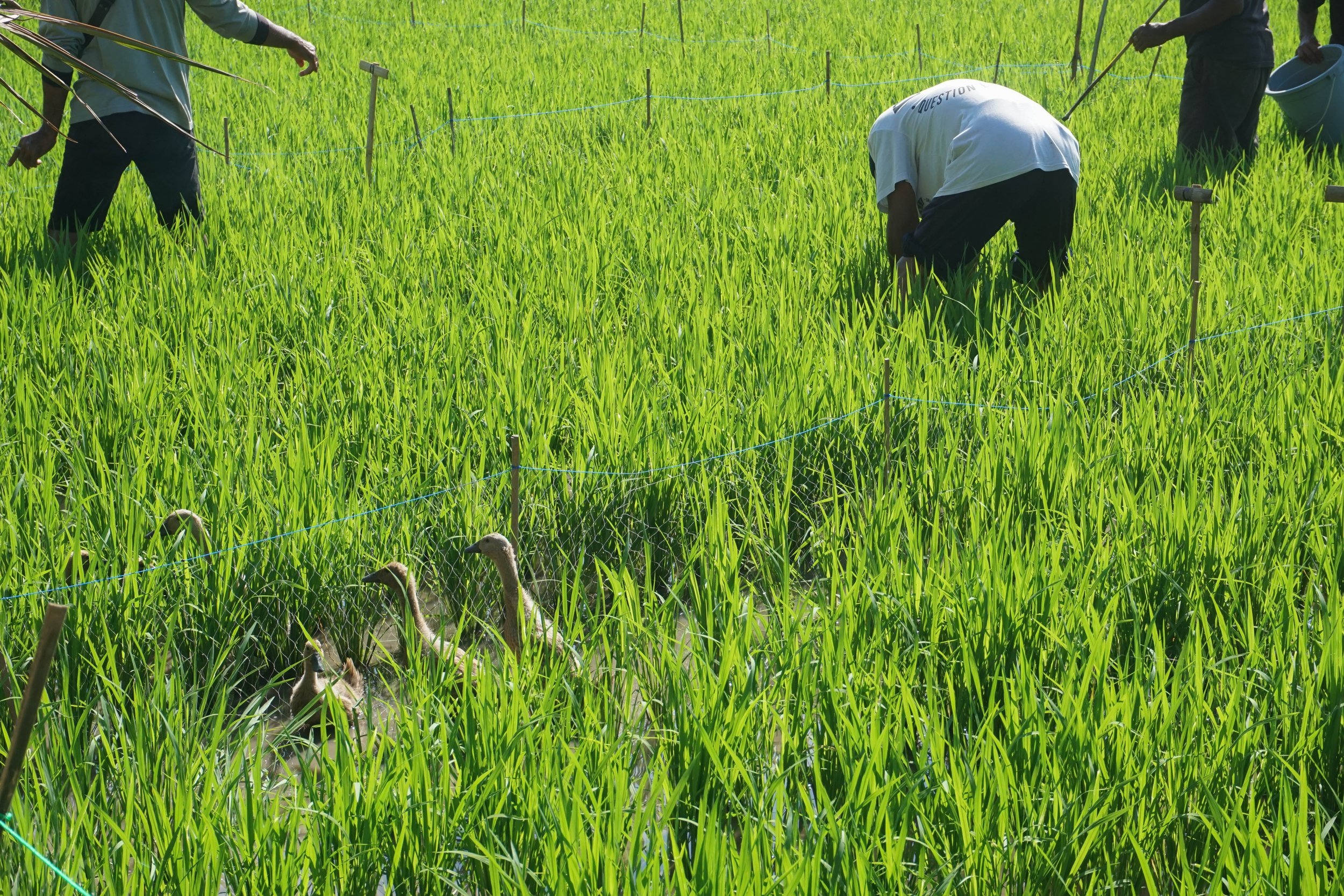
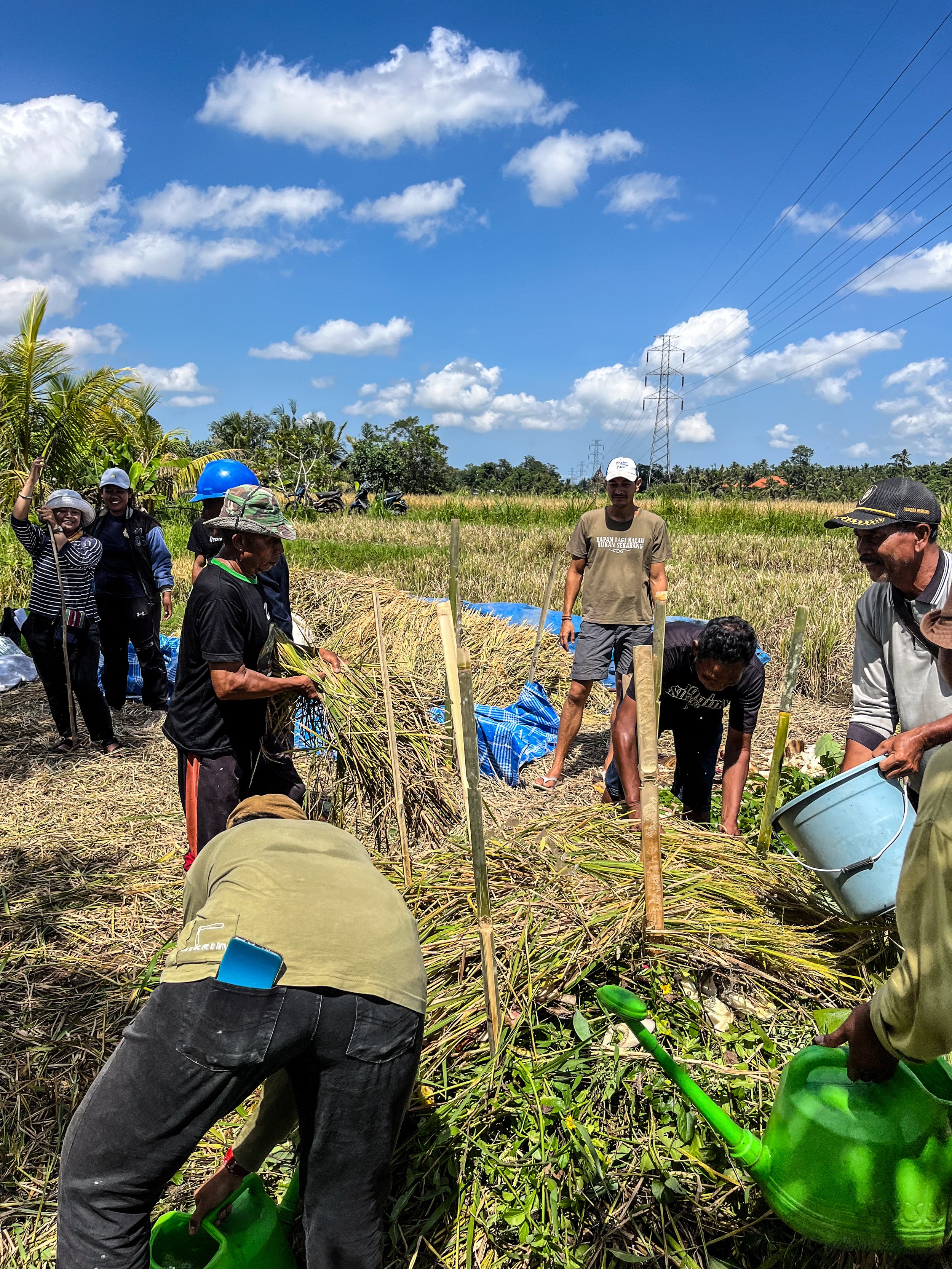
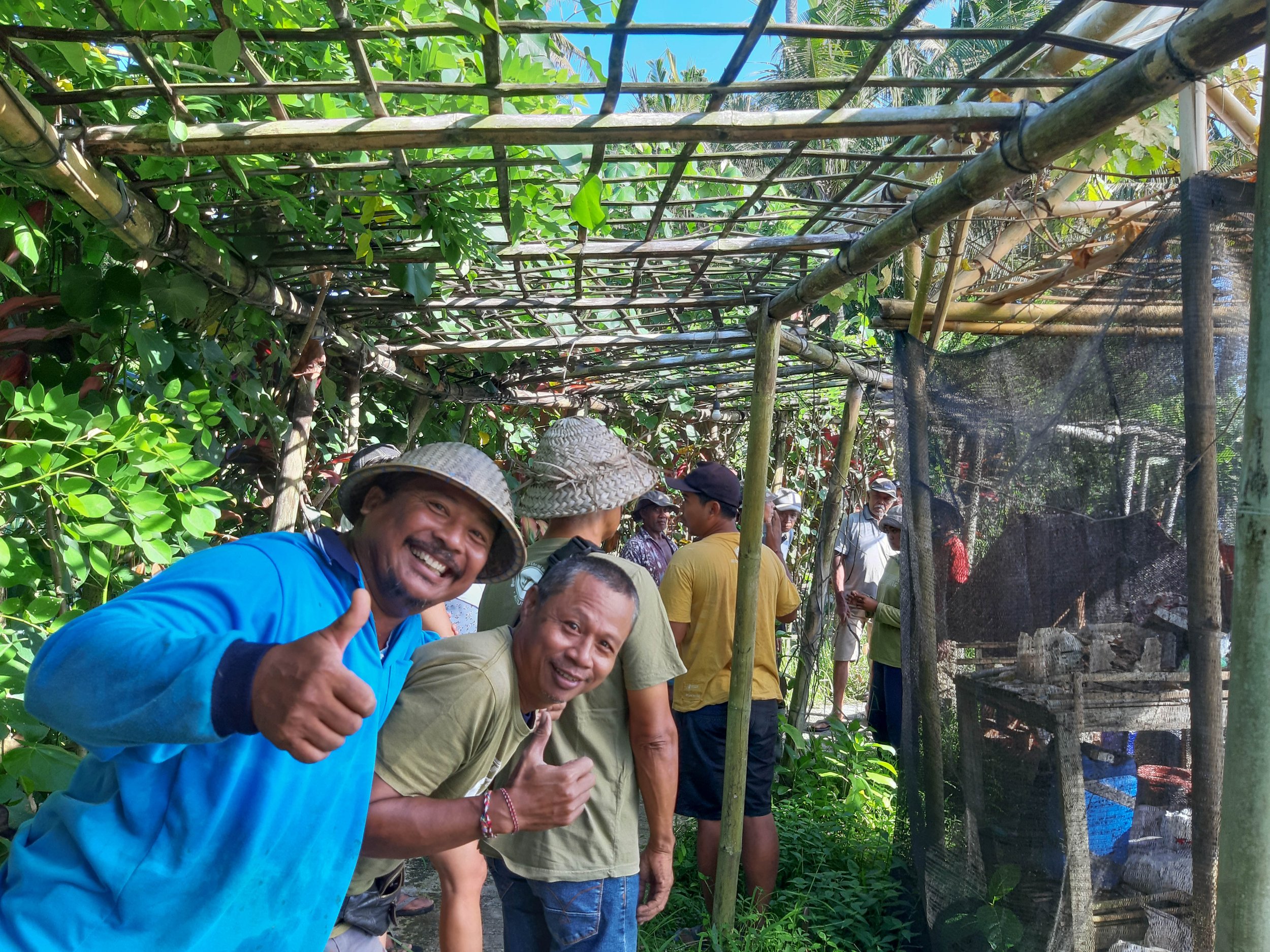
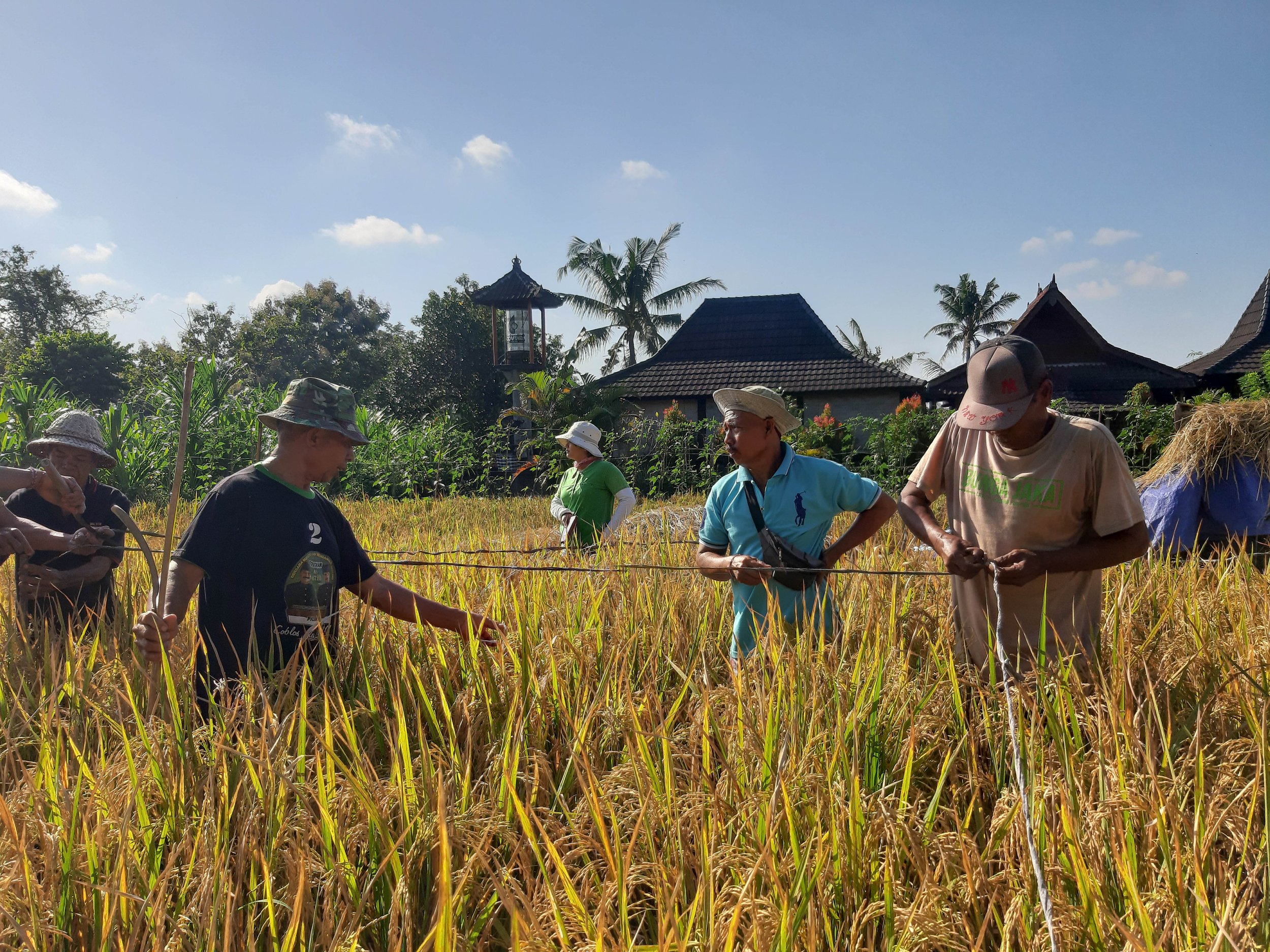
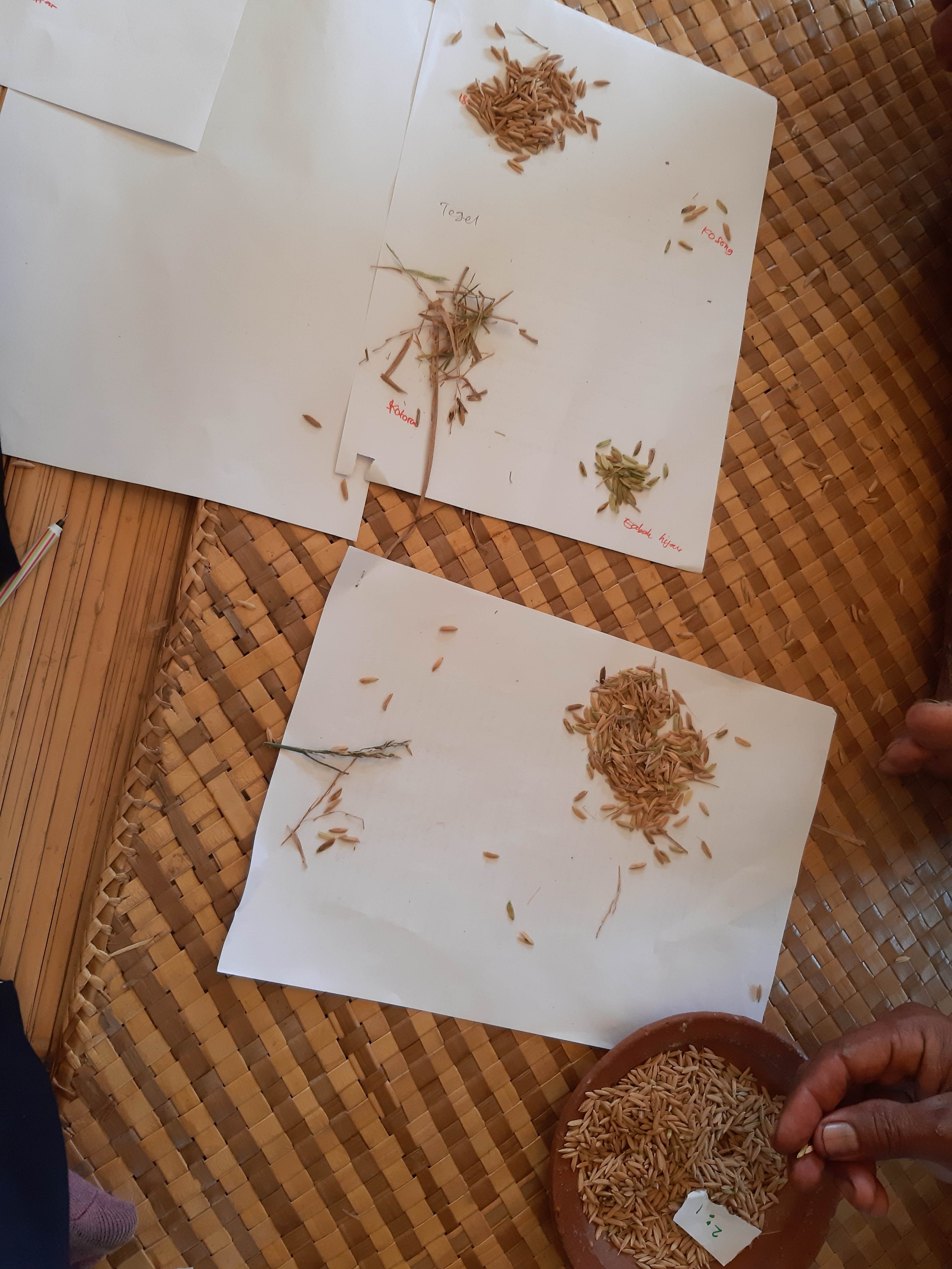
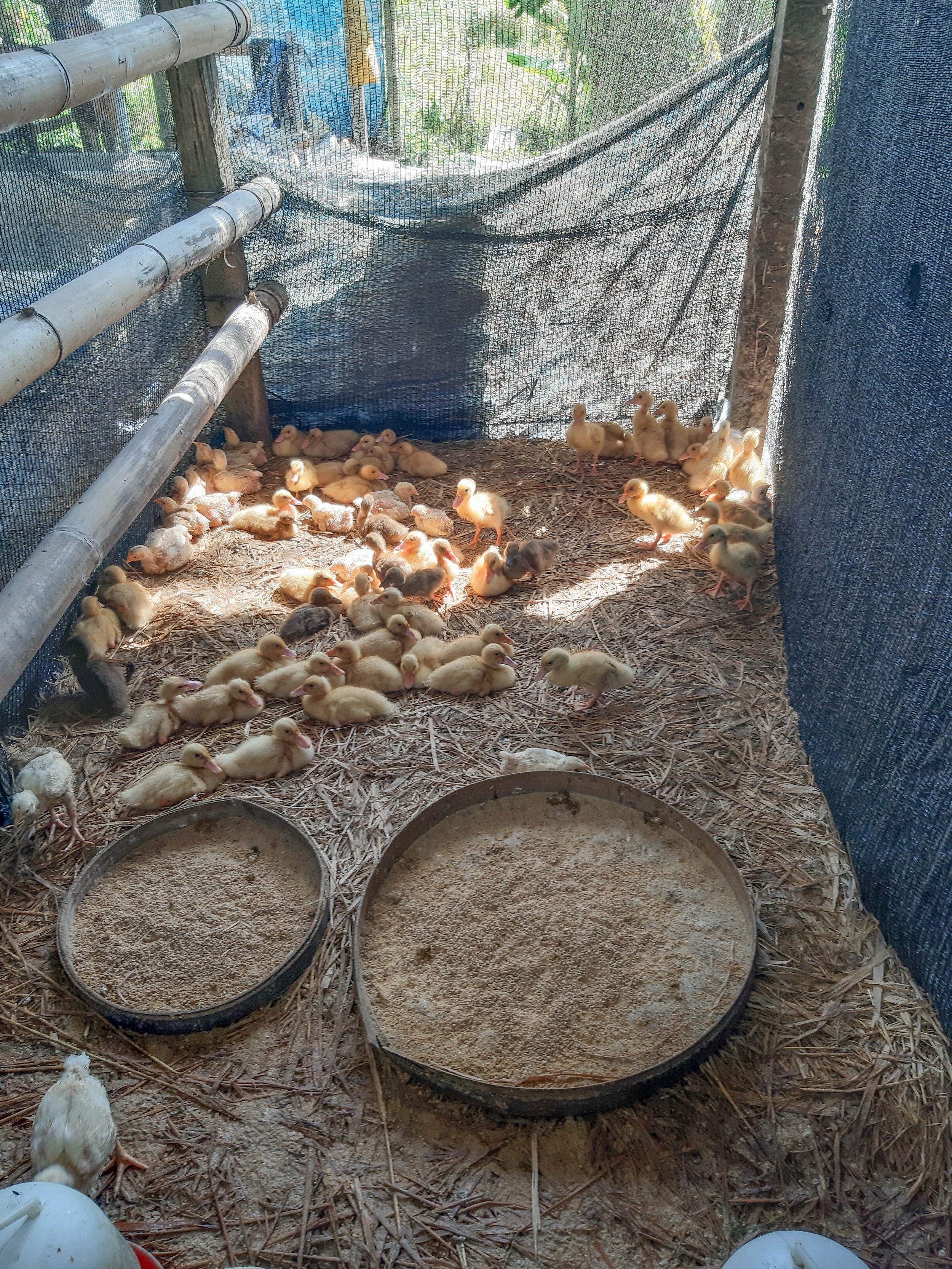
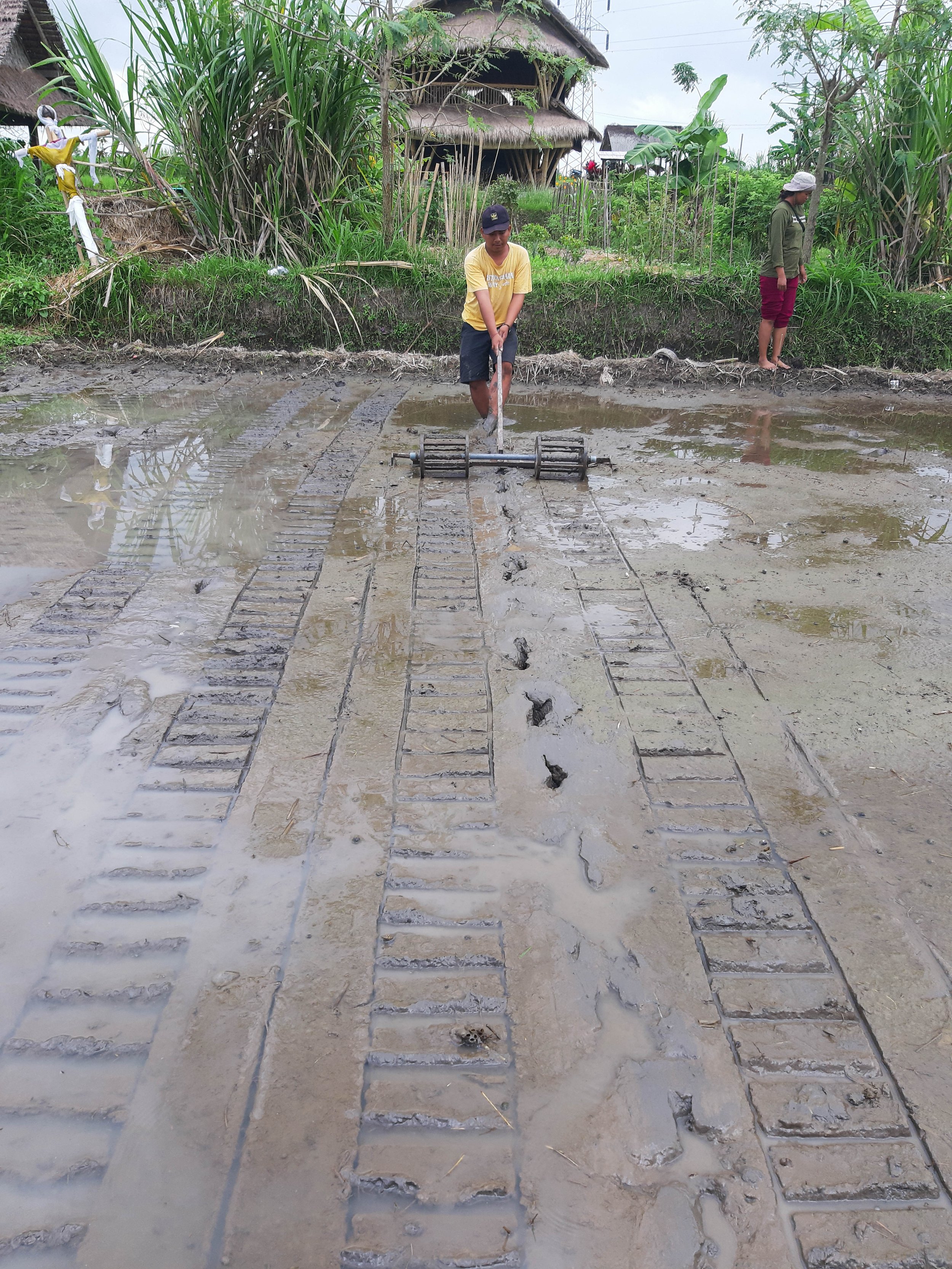
Farmers' Feedback
A big part of this holistic approach is also tending to farmer’s livelihoods, because without their support, there will be no regenerative rice. After conducting interviews with our participating farmers, all of them provided positive feedback vis-à-vis knowledge gained, income, added value in religious, recreational & tourism activities, and dietary intake. While the team would like to see more involvement especially with youth and female farmers, there's no doubt that this project empowered those at Subak Uma Lambing in our collective fight for climate justice.
Conclusions and Next Steps
This project demonstrated a lot of positives but there's always room for improvement. The reNature team provided a lot of specificities to strengthen CRS implementation that could further promote farm productivity, soil fertility, and other socio-cultural impacts. For example, growing maize for duck feed and diversity, and establishing azolla nurseries while growing more legumes to increase nutrient supplies.
ZFPA is pleased to have supported the farming community of Astungkara Way to adopt CRS that is climate-friendly and nature-positive. We look forward to the next stage of inviting more farmers around neighbouring subaks to transform more hectares of rice paddies towards regenerative complex rice farming.




